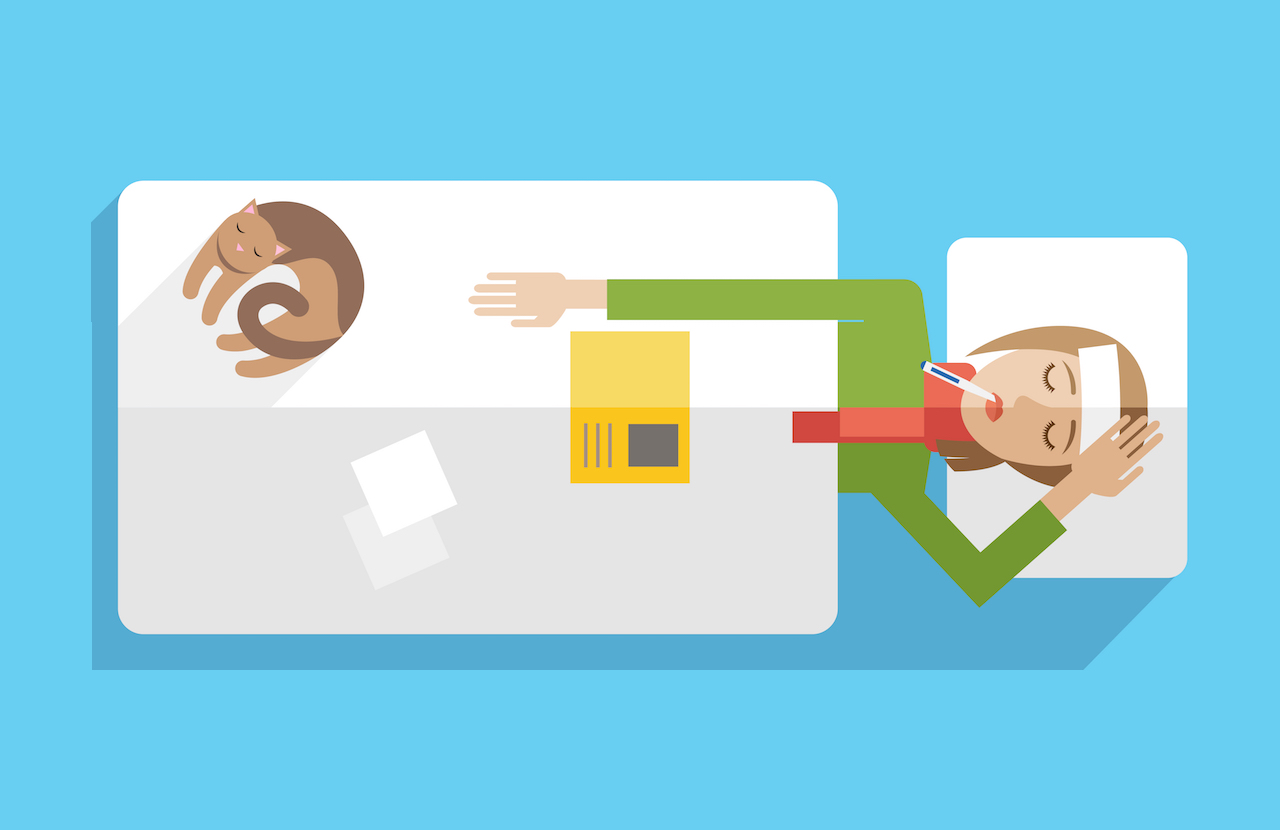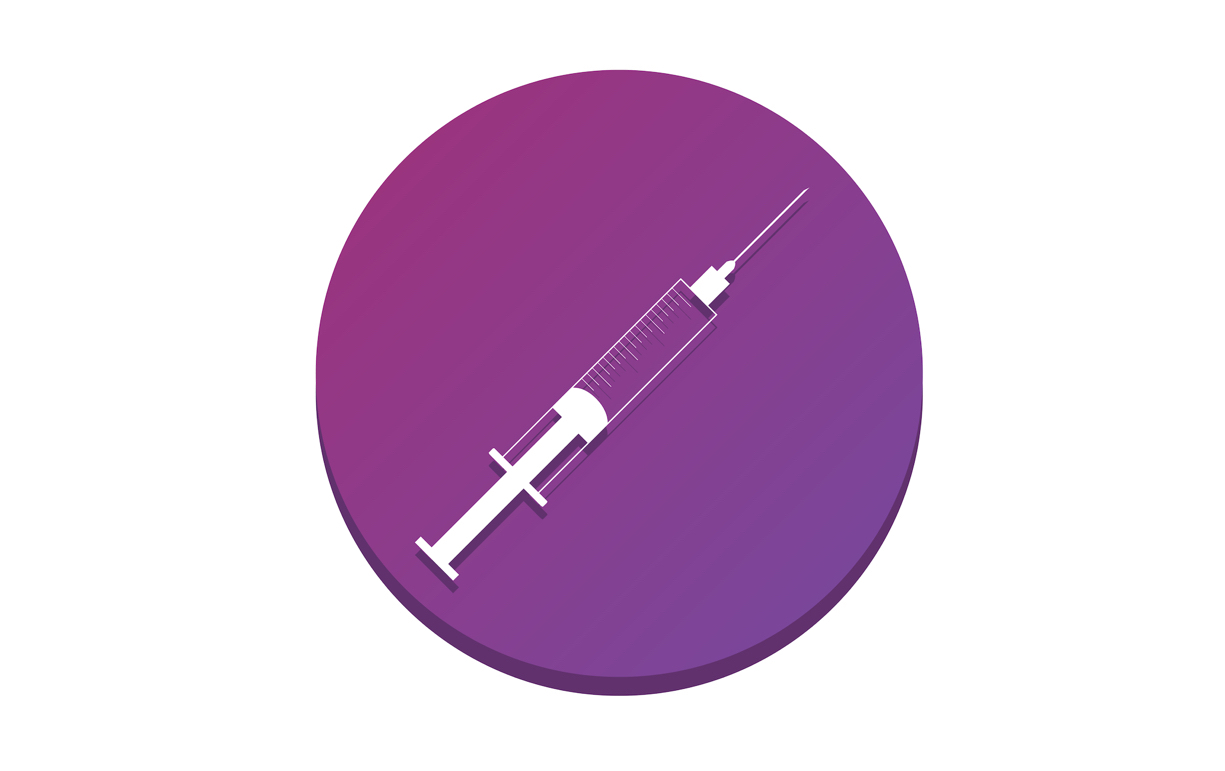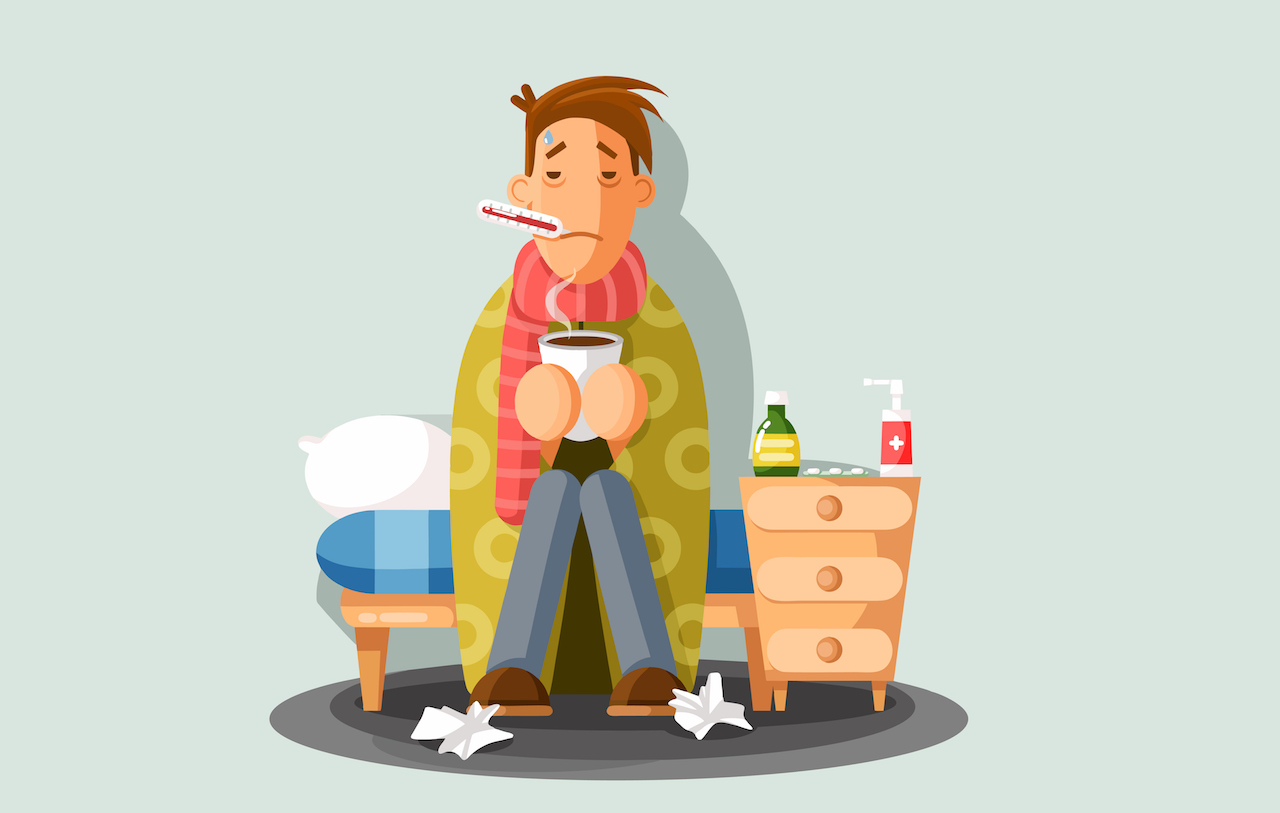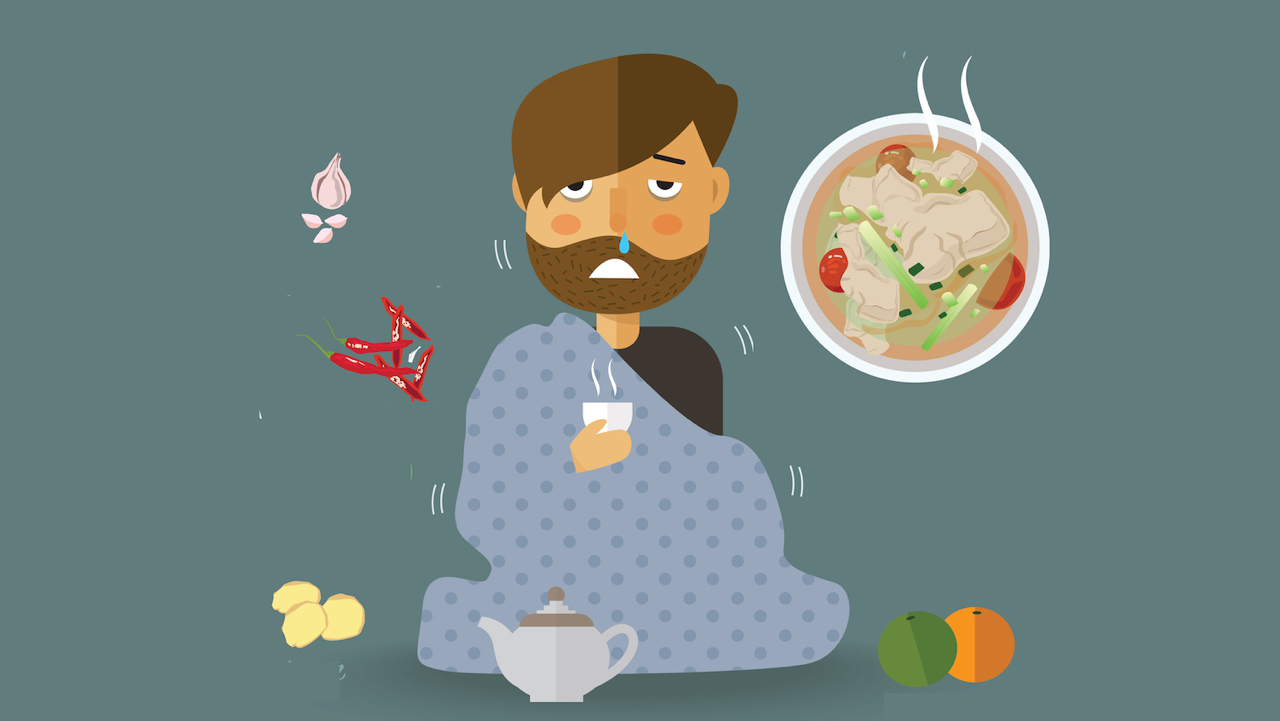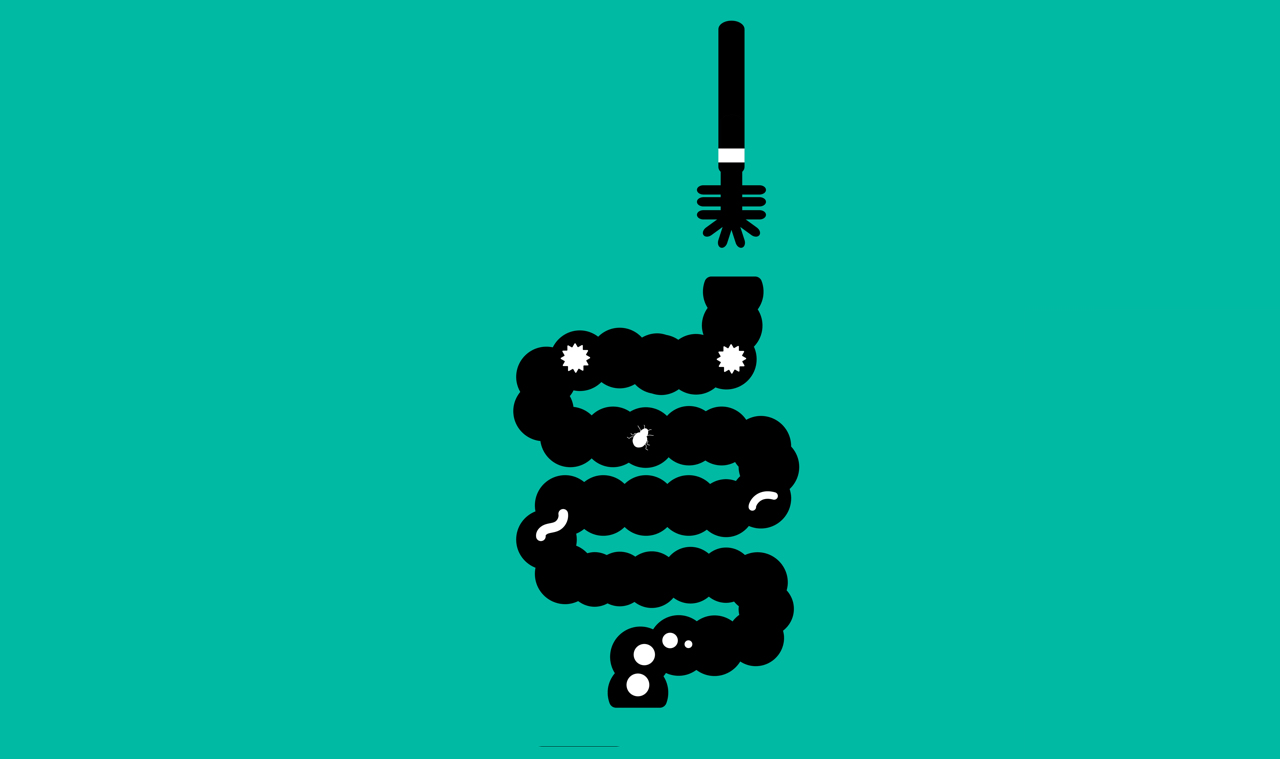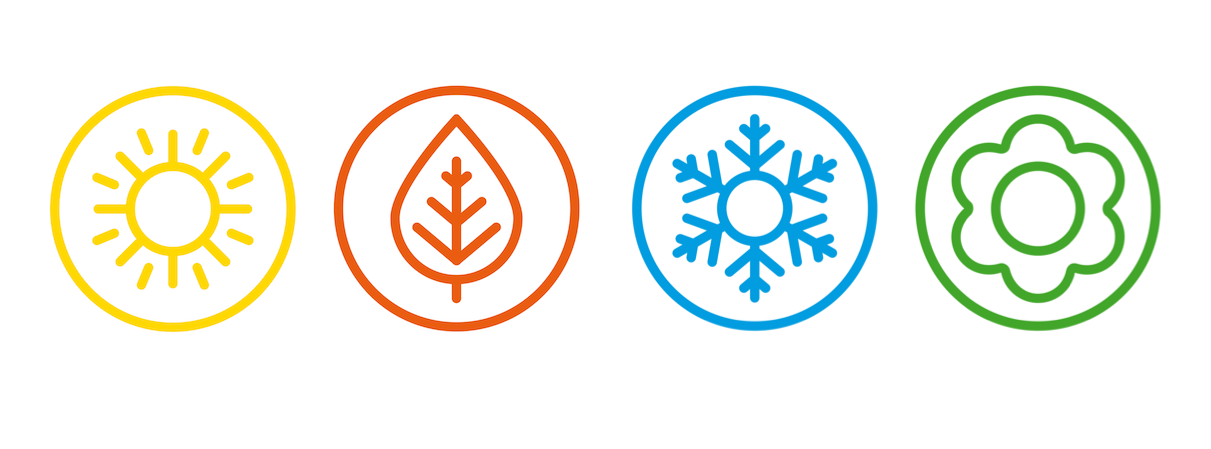Your head is pounding, your nose is stuffy and you have a terrible cough. Your doctor suggested “bed rest”, but how are you supposed to rest when you feel awful?
When you have the flu, your body takes a toll and must repair itself. This means rest. Staying in bed and resting helps speed up the healing process while attempting to soldier through your symptoms will only leave you sick for longer. A healthy person who rests and follows their doctor’s prescribed medication should recover from the flu within 10 days. On the other hand, without bed rest, a healthy person will take longer to recover, may infect others with their flu and become sicker as the flu can become viral if left untreated.
Although you may think that resting at home is a waste of time, when your doctor says you need bed rest, you shouldn’t take it lightly. Here’s how to get proper rest when you’re sick.
Rest up
- Drink something warm
If you’re suffering from the sniffles, drinking something hot will help loosen mucus. This will make it easier for you to breathe. The steam from a hot drink like soup or tea is what does the trick, as well as from a shower or bath. If you’re having tea, add some honey to soothe your throat and help with your cough. - Sit up in bed
Bed rest doesn’t literally mean that you must lay down for the entire day! Prop yourself up in bed while reading or watching television. When you lie down, a postnasal drip can build up which makes your throat sore and may cause you to cough. Use a few pillows to prop yourself up in bed. This will help you sleep better, and ease sinus pressure which lets up when your head is higher than your body. - Sleep alone
You’re more likely to get enough rest if you don’t have to share a bed with someone. So, if possible, sleep alone while you’re recovering from the flu. You’re also less likely to infect your partner or children. - Try medication
Besides sipping on hot drinks, ask your doctor or pharmacist about medication to help ease your symptoms or speed up your recovery. Make sure you follow your prescription carefully and don’t stop taking medication if you feel better! Talk to your doctor first. - Use a humidifier
Moisturise the air in your home and room with a vaporiser or humidifier. This will help to prevent your cold symptoms from drying out your airways. Remember to clean your humidifier or vaporiser regularly so that it won’t trap bacteria or mould. - Avoid alcohol
If you struggle to sleep, don’t turn to alcohol as a crutch. Alcohol can dehydrate you which can swell up your sinuses and keep you up at night. It can also react badly to any flu medication you may need to take.
Good to know
- It usually takes two to three days from when you’re exposed to the flu or cold virus before you start feeling any symptoms. You may feel fine, but when the symptoms come on, it’s important to contain your germs. Containing your germs is important because if you infect others and stay around each other, your flu can spread and boomerang back to you, making it feel like you’ll never recover.
- Cover your mouth when you cough or sneeze, and wash your hands regularly to prevent spreading germs.
References
- https://symptoms.webmd.com/cold-flu-map/sleep-better-cold-flu
- https://clicks.co.za/health/article-view/why-you-need-to-stay-in-bed-if-you-have-the-flu
- https://lifehacker.com/what-doctors-really-mean-when-they-suggest-bed-rest-1685445248
- https://www.everydayhealth.com/cold-flu/common-mistakes-that-prolong-sickness/
- https://www.medicinenet.com/script/main/art.asp?articlekey=85681

